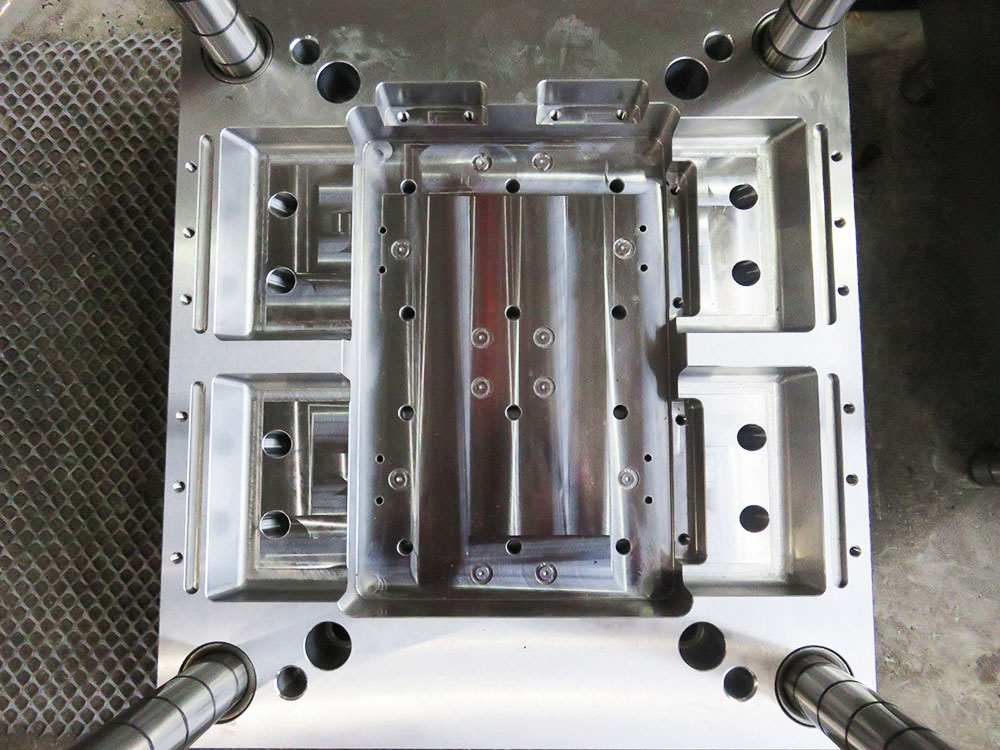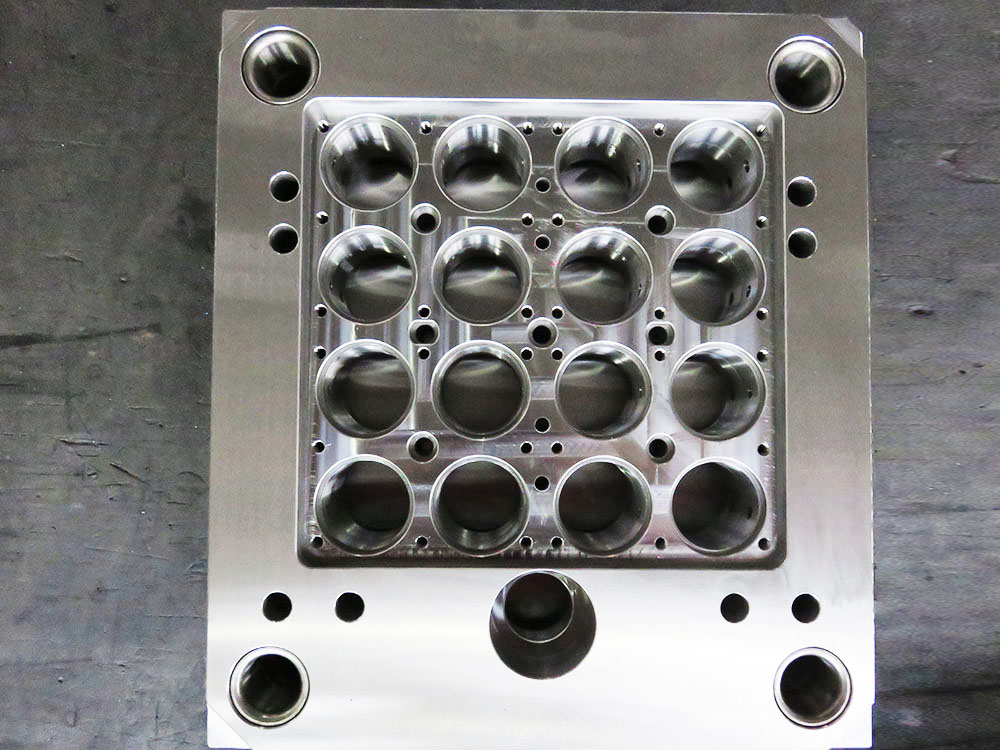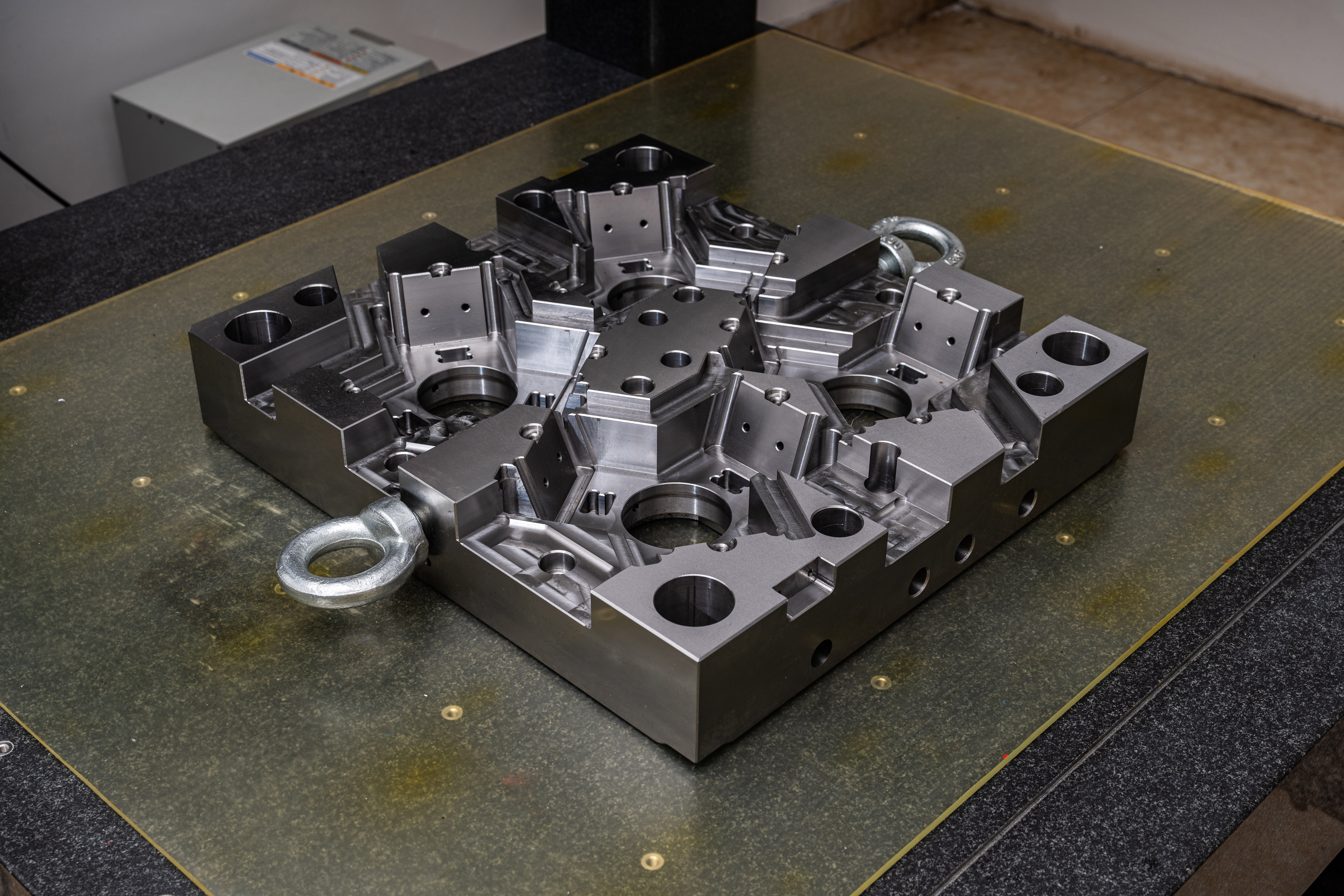Custom-Making Display Stand Packaging Film in the Mold Base Industry
In the mold base industry, display stand packaging film plays a crucial role in protecting and presenting products. Custom-making this film requires careful consideration of various factors such as material selection, design, and manufacturing processes. In this article, we will explore the steps involved in custom-making display stand packaging film to meet specific requirements and enhance product display.
Step 1: Material Selection
The first step in custom-making display stand packaging film is selecting the appropriate material. The choice of material depends on the nature of the product, durability requirements, and visual appeal. Common materials used for display stand packaging films include polyethylene terephthalate (PET), polypropylene (PP), and oriented polypropylene (OPP). Each material has its unique characteristics, such as moisture resistance, transparency, and printability. Analyzing the product's characteristics and considering the specific needs of the display stand will help determine the most suitable material.
Step 2: Design and Graphic Elements
Designing the display stand packaging film requires careful consideration of the product's shape, size, and intended placement. The film should be designed to fit the product securely while allowing easy access for customers. Additionally, incorporating graphic elements such as logos, product images, or promotional messages enhances the visual appeal of the packaging. Collaborating with graphic designers and packaging experts can ensure a visually appealing design that complements the product and brand identity.
Step 3: Printing and Finishing
Once the design is finalized, the display stand packaging film can be printed using various printing techniques such as flexography or gravure printing. The printing method chosen depends on factors like budget, print quality, and production volume. Additionally, finishing techniques such as lamination, varnishing, or embossing can be applied to enhance the film's protection and appearance. It is essential to select printing and finishing techniques that align with the desired aesthetic and functional goals of the packaging.
Step 4: Cutting and Shaping
After the printing and finishing processes, the display stand packaging film is cut and shaped to fit the specific requirements of the product and display stand. Pre-defined templates or die-cut shapes can be used to ensure consistency and accuracy in cutting. Advanced cutting technologies, such as laser cutting or water jet cutting, can be employed to achieve intricate shapes and precise dimensions. Proper cutting and shaping techniques ensure that the packaging film seamlessly accommodates the product, highlighting its features and protecting it effectively.
Step 5: Quality Control and Testing
Before the display stand packaging film is ready for market use, it undergoes rigorous quality control and testing procedures. These procedures include checking for any printing or finishing defects, ensuring the accuracy of dimensions, and verifying the film's durability and resistance to environmental factors. Quality control measures may involve visual inspections, physical tests, or even simulated real-life usage scenarios. Thorough quality control and testing are crucial to ensure that the custom-made display stand packaging film meets the desired standards and provides optimal protection and presentation.
Conclusion
In the mold base industry, custom-making display stand packaging film involves a systematic approach that encompasses material selection, design, printing, cutting, and quality control. By carefully considering the specific requirements of the product and display stand, manufacturers can create packaging film that not only safeguards the product but also enhances its visual appeal. The custom-made display stand packaging film serves as a key tool for boosting product display and attracting customers, promoting business success in the competitive market.




